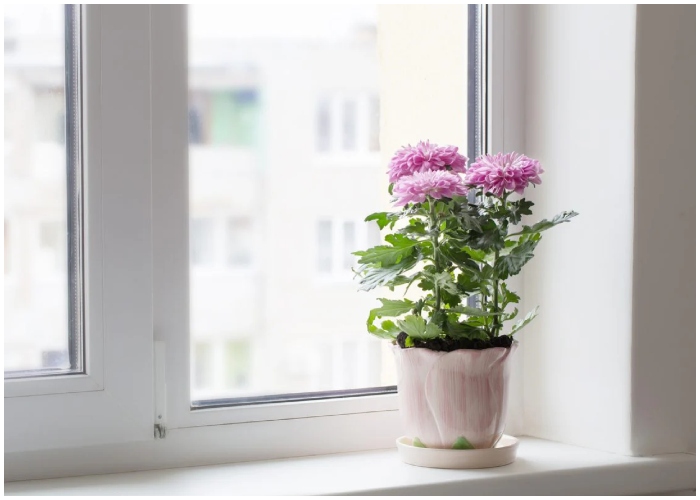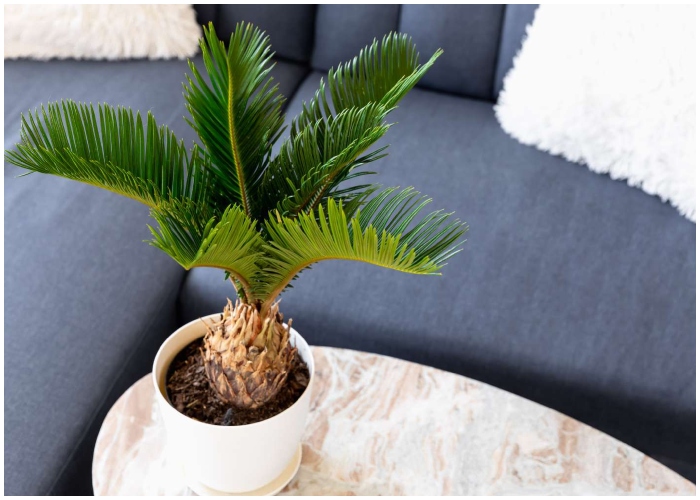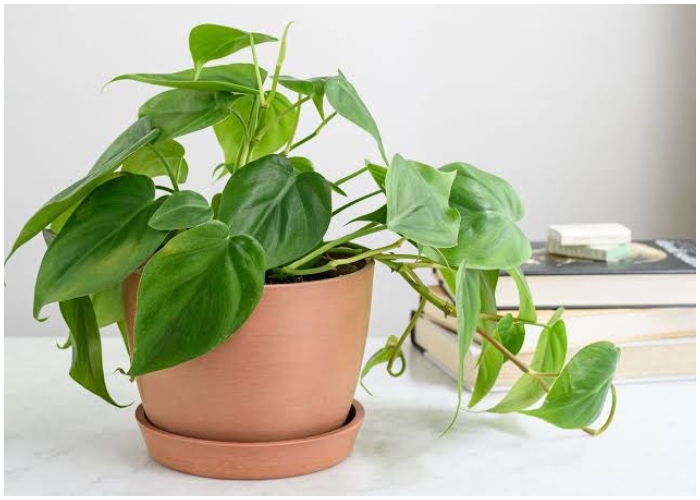Houseplants can transform a living space, adding vibrancy and a touch of nature to your home. However, pet owners must exercise caution when selecting plants, as some popular varieties can pose significant health risks to cats and dogs. Below is a detailed guide to understanding which plants to avoid and why they are dangerous to your furry friends.
1. Lilies
Among the most perilous plants for cats, lilies are stunning yet extremely toxic. Even small ingestions of leaves, petals, or pollen can lead to severe kidney damage and, if untreated, potentially fatal outcomes. Immediate veterinary attention is crucial if your cat comes into contact with any part of a lily.

2. Philodendron
Popular for their hardiness and unique appearance, philodendrons contain calcium oxalate crystals, which, when chewed or ingested, can cause intense oral irritation, drooling, vomiting, and difficulty swallowing. This toxicity is shared by other plants like snake plants and pothos (devil’s ivy), making them equally hazardous to pets.
3. Oleander
Often found in outdoor gardens but sometimes brought indoors, oleanders contain cardiac glycosides that are highly toxic to both cats and dogs. Ingestion can lead to drooling, abdominal pain, severe vomiting, and potentially life-threatening changes in heart rate and rhythm.
4. Aloe Vera
Though widely recognized for its skin-soothing benefits for humans, aloe vera can be harmful to pets. Ingesting aloe can cause vomiting, diarrhea, and lethargy in dogs and cats. While the gel itself is less toxic, the plant as a whole should be kept out of reach of pets.

5. Chrysanthemum
These colorful flowers contain toxins that can lead to vomiting, diarrhea, and a lack of coordination in pets. While symptoms are generally mild if only a small amount is consumed, it’s best to keep these plants out of your pet’s reach to avoid any risk.
6. Hyacinth
With their intoxicating fragrance and attractive blooms, hyacinths are a popular choice for gardens and homes. However, the bulbs contain toxins that can cause intense stomach upset, excessive drooling, and oral irritation. Tulips, relatives of hyacinths, also pose similar risks, particularly through their bulbs.
7. Jade Plant
Known for its vibrant green leaves and overall resilience, the jade plant is another succulent that is toxic to cats and dogs. Symptoms of ingestion include vomiting, lethargy, and a loss of coordination, turning the so-called lucky plant into a potential hazard.
8. Sago Palm
These ornamental palms are extremely poisonous to pets. All parts of the sago palm are toxic, with the seeds being the most dangerous. Ingestion can lead to severe symptoms such as vomiting, liver failure, and in severe cases, death.

9. Daffodil
These harbingers of spring are toxic to pets. Eating any part of the daffodil—especially the bulbs—can cause vomiting, diarrhea, abdominal pain, convulsions, and serious cardiac abnormalities.
10. Asparagus Fern
This plant is particularly deceiving with its soft, feathery leaves. It can cause skin irritation when touched, and if ingested, symptoms include vomiting, diarrhea, and abdominal pain. The red berries of the plant are especially toxic.
Choosing Safe Plants for Pet-Friendly Homes
For pet owners, the well-being of their furry companions is paramount. When decorating with plants, it’s essential to prioritize non-toxic varieties. Options like spider plants, Boston ferns, and certain types of palms can add beauty and life to your home without posing risks to pets. Always research each plant before bringing it into your home or consult with a veterinarian to ensure it is safe for your animals.
Conclusion
While plants are a wonderful way to enhance your living space, it’s important to choose wisely to ensure the safety of your pets. By avoiding plants known for their toxic properties and opting for pet-safe alternatives, you can enjoy the best of both worlds— a beautiful, green home that is safe for all members of your family, including your beloved pets.